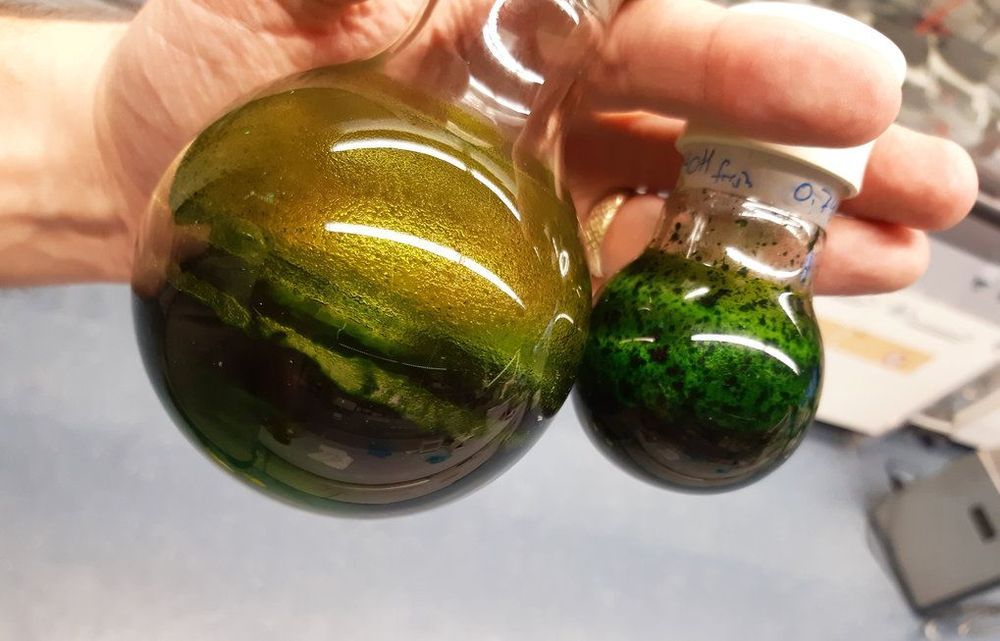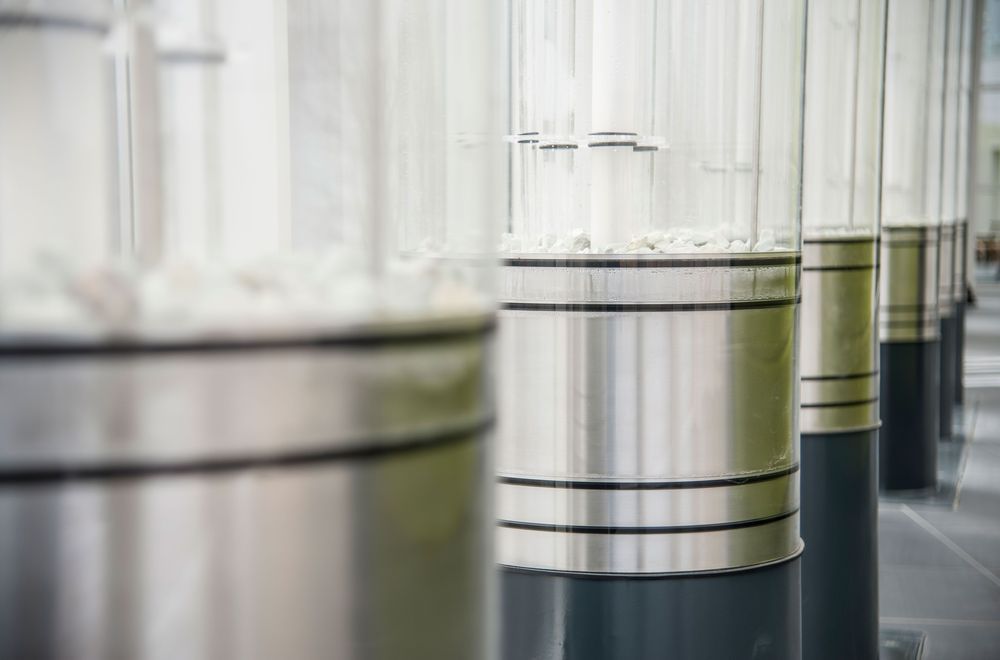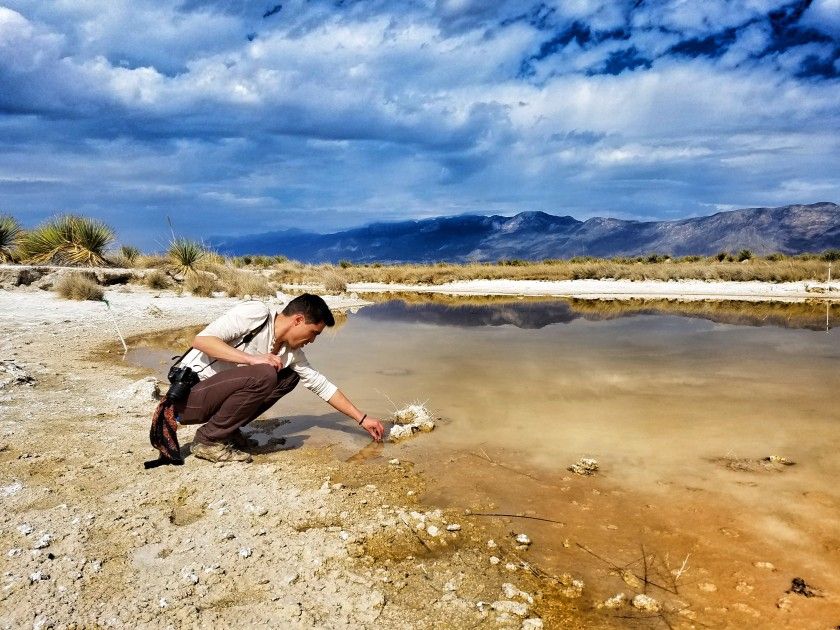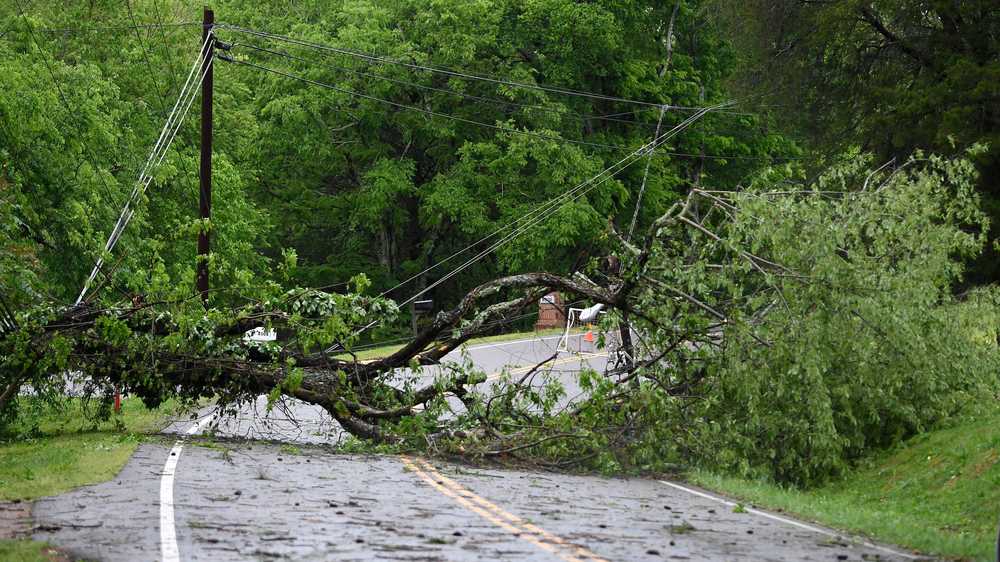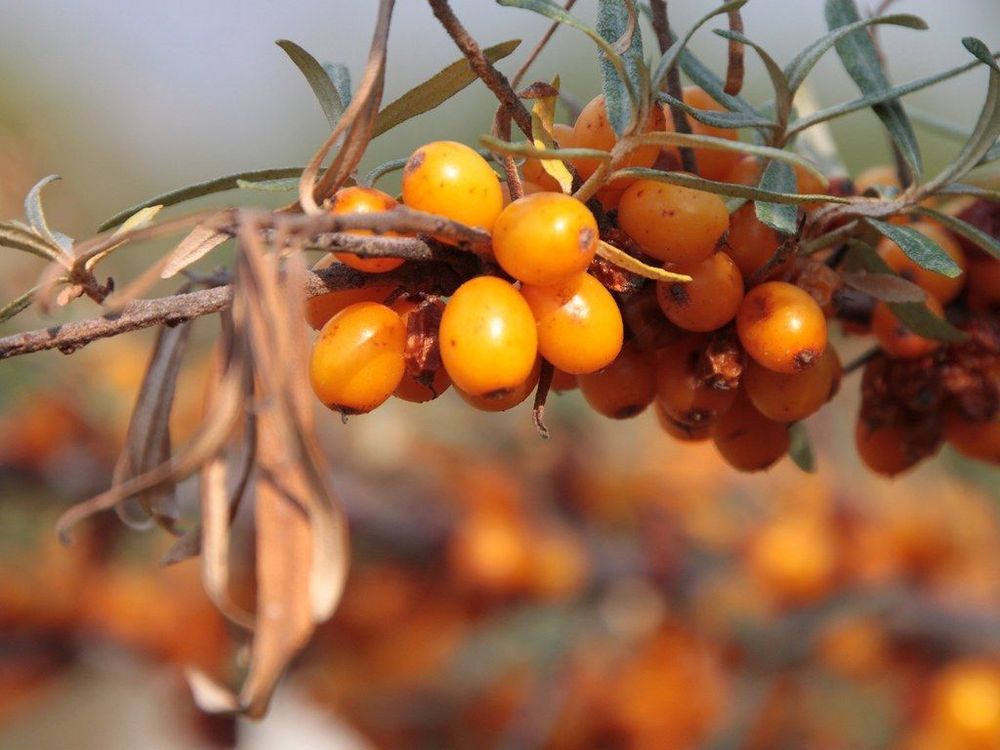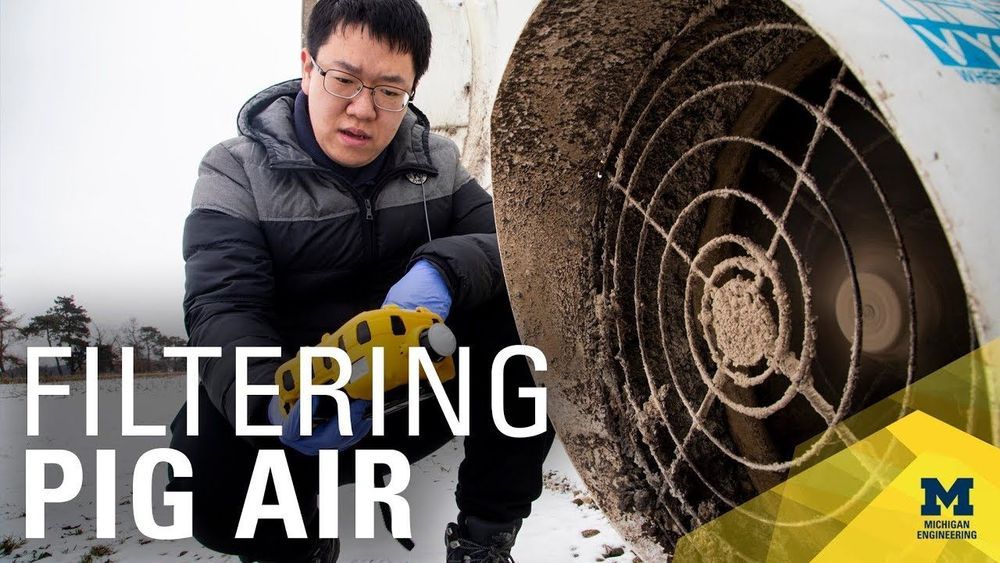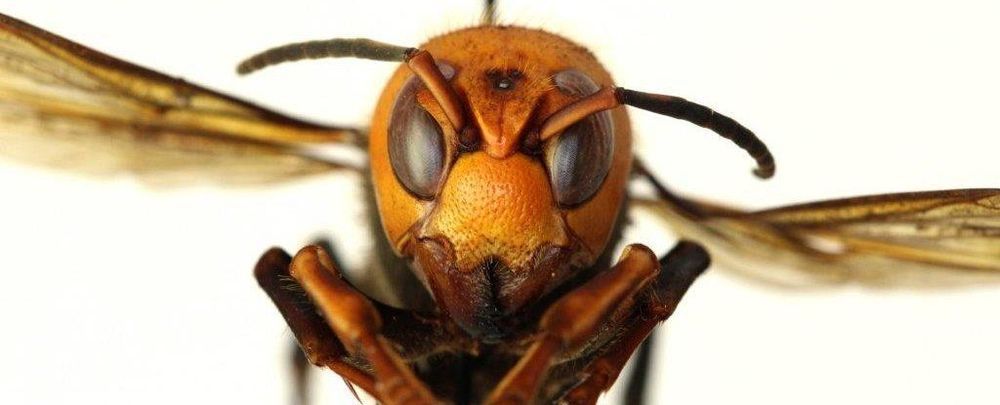May 4, 2020
Artemisia annua to be tested against COVID-19
Posted by Omuterema Akhahenda in category: biotech/medical
Key ingreduent of Madagascar “Miracle Cure” Artemisia Annua to be tested for COVID-19.
The Max Planck Institute of Colloids and Interfaces, Potsdam (Germany) will collaborate with ArtemiLife Inc., a US based company and medical researchers in Denmark and Germany to test Artemisia annua plant extract and artemisinin derivatives in laboratory cell studies against the novel coronavirus disease (COVID-19).
Currently, there are no effective treatments against COVID-19. Medications commonly used against malaria or Ebola, as well as antiviral drugs, are being considered for repurposing. Herbal treatments used in Traditional Chinese Medicine were explored to treat coronavirus infections during the SARS-CoV and MERS-CoV outbreaks. Initial studies in China showed the alcoholic extract of sweet wormwood (Artemisia annua) was the second most potent herbal medicine used on the 2005 SARS-CoV.
Continue reading “Artemisia annua to be tested against COVID-19” »
